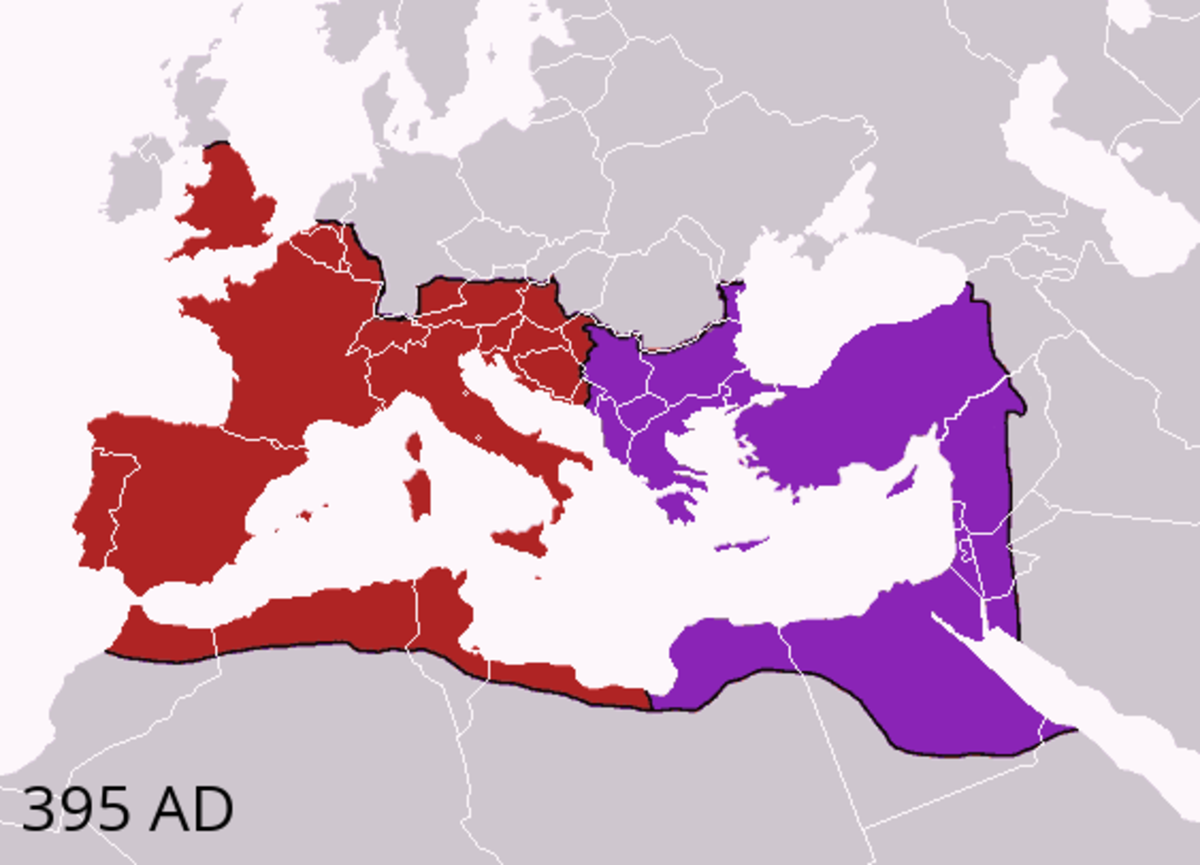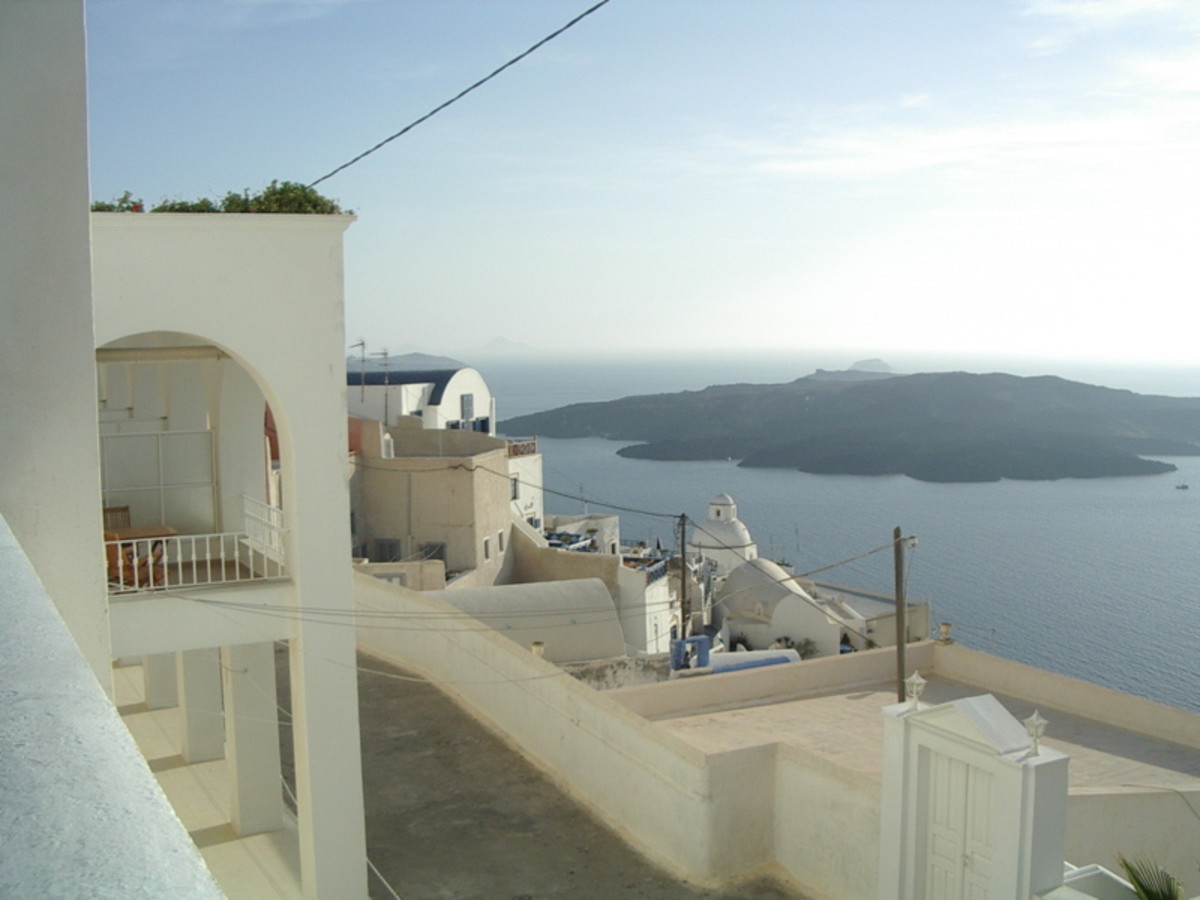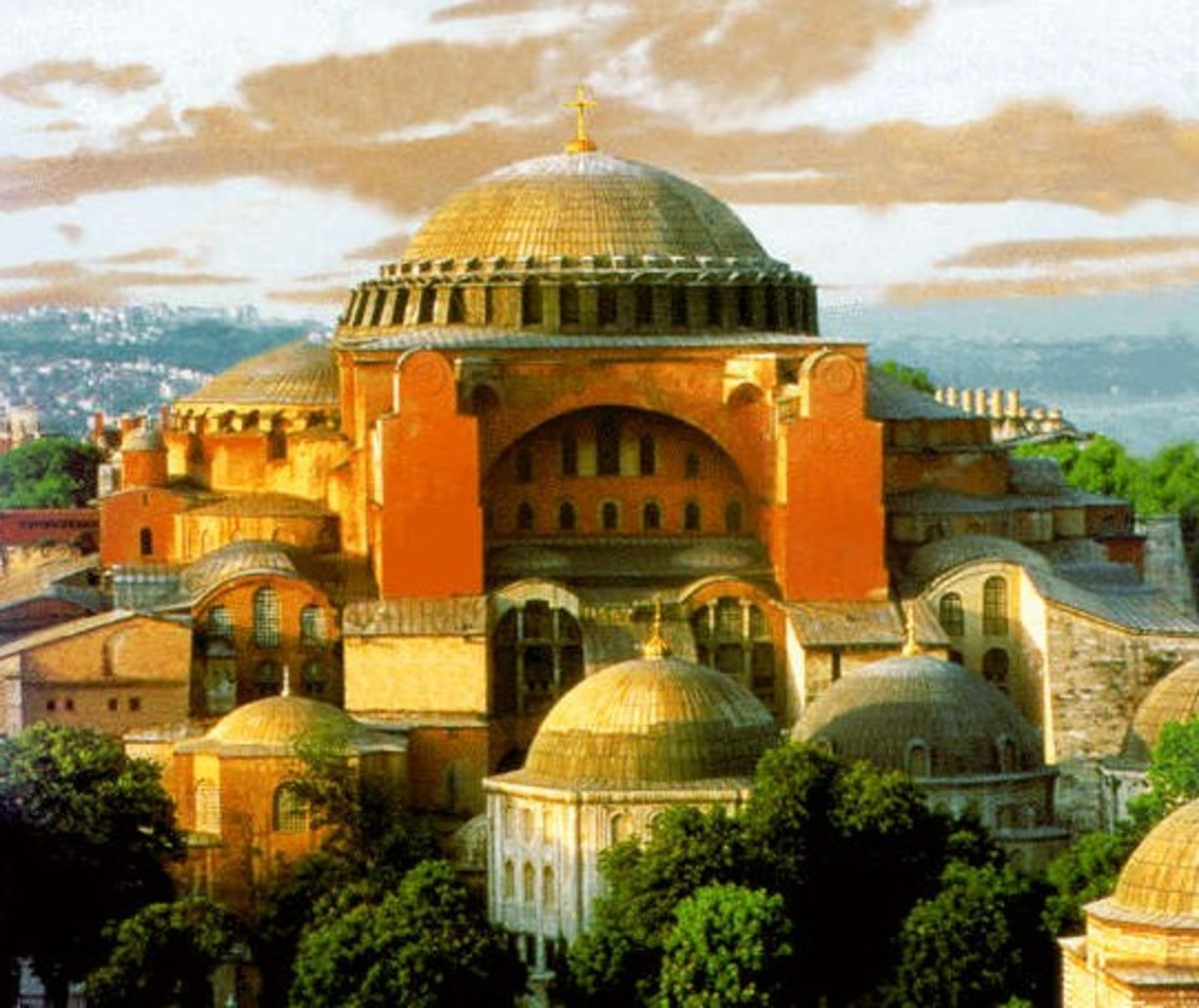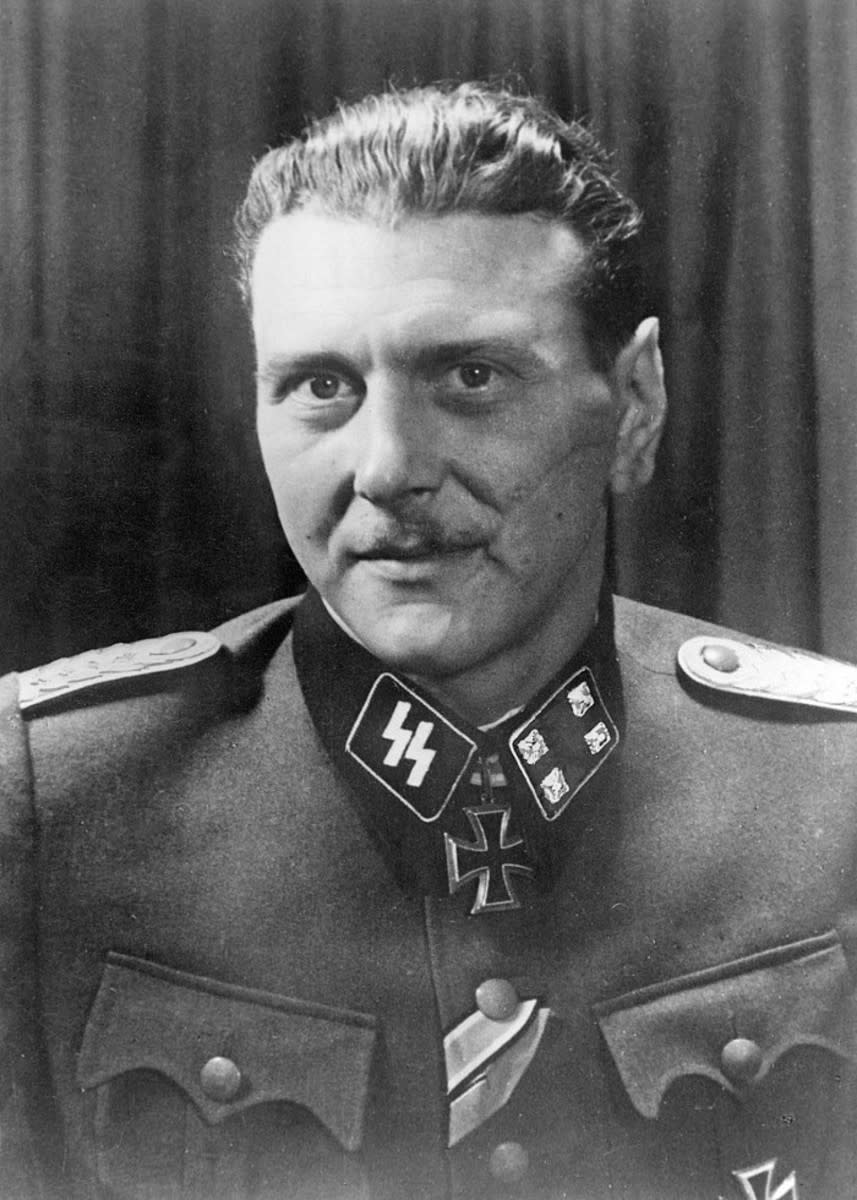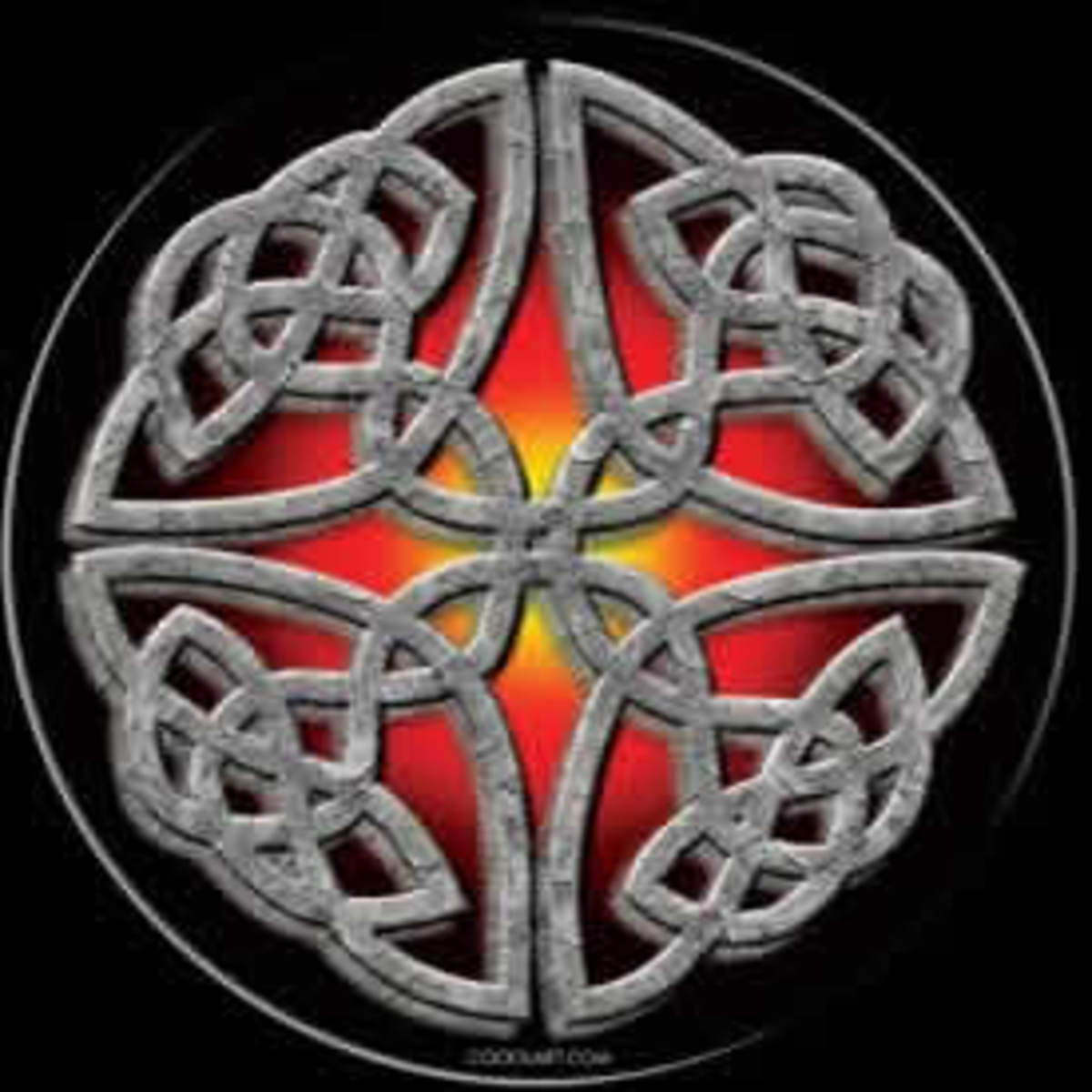The Byzantine Empire: Constantinople as the Center of Christianity
Inheriting the Roman Empire
By the year 1000 AD, the Byzantine Empire had become the sole heir of
the Roman Empire. At this time the emperor of Byzantium, Basil II,
lived and ruled in Constantinople, a city that had been founded by the
Roman emperor Constantine, and important religious figure in
Christianity. Constantinople, founded in 330 AD, was now the center of
the Byzantine Empire, and the new empire declared that Constantinople
was the new, more improved Rome. The Byzantine Empire had survived the
collapse of the Roman Empire, and now Byzantine was stronger than the
Roman Empire before it, they claimed. Byzantium, in 1000 AD, included
much of modern-day Turkey and extended all the way to the Italian
Peninsula as well as including areas of North Africa.
The
Byzantine Empire closely followed the order of the Roman Empire, with
the religious and secular authorities of both empires being closely
tied together and, in the case of Rome, one. The capital of
Constantinople housed both the religious Orthodox leader as well as the
emperor, Basil II. The Byzantine Empire was the remnants of the East
Roman Empire, whereas the Western Roman Empire had further crumbled and
began a large amount of disorganized feudal states that was now Western
Europe. The Byzantine Empire was much more organized than its ex-Roman
counter-part, in part because it kept many of the bureaucratic
institutions that Rome followed, including the ability to tax citizens.
The states of Western Europe did not have this luxury because of the
lack of a central, secular power like in Constantinople.
The Politics of Constantinople
The
bureaucratic regime that was ruled over by Basil II began to
deteriorate soon after his death, though the powerful army that he kept
retained its power. The military power in Byzantine was very organized
and rigid, and included two main forces, one being a provincial army
and the other being a traditional army. The Byzantine armies, though
largely including subjects of the empire itself, also included numerous
mercenaries from Western Europe. This powerful army was maintained,
allowing Byzantium a more powerful stance than that of Western Europe
and comparable to the Islamic world.
Religion in Constantinople
Constantinople, to Basil
and those in the Byzantine Empire, was not only the New Rome in the
secular sense but a New Rome also in a religious sense. Another way to
think about Constantinople as a religious center was the idea of being
a "New Jerusalem" to the Byzantine Empire; Constantinople was to be the
center of not only a strong central government but the center of
Christianity, clashing with the ideas of the pope in "Old" Rome. As the
center of Christianity and the center of the European world, this
further meant the Constantinople was now the center of the entire
world, second to none even in the face of the powerful Islamic world.
The Center of the World
Constantinople
was considered (by the empire itself) as the center of the world for a
number of reasons. It was the New Jerusalem and New Rome in a religious
sense because of the power that the religious leader in Constantinople
had. It was the center of religion is Byzantium and, because of the
close relation of the emperor and the patriarch, the religious center
of Byzantium had much more influence over its people than the pope in
Rome had over its followers in Western Europe, who were stratified into
a feudal system that was largely not organized above the local level.
The religious leaders in Constantinople also had influence on the
Baltic States as well as Russian and Slavic peoples outside of the
empire. The East-West schism resulted from the large disagreement over
supremacy between Rome and Constantinople, and the different directions
taken by these religious organizations were reflected in the Crusades,
just as the Islamic world and the internal conflict there over the
successor of Muhammad, the holy prophet of Islam.
Even after the
defeat of the Byzantine forces at Manzikert in 1071 at the hands of the
Seljuk Turks, the Byzantine Empire was able to maintain itself, largely
with the bureaucratic measured instituted by Basil II. After 1071 the
trade that was expanded by Basil II, which included pilgrims to the
holy land, was cut off by the Turks, which helped to spark the First
Crusade religious grounds. There was a second imperial front of the
Byzantine Empire in Bulgaria, which had been conquered by Emperor Basil
II's Byzantine Empire by 1016, connecting the Byzantine Empire with
Western Europe and providing an adjacent point. The second imperial
front in Bulgaria allowed the Byzantine Empire to absorb the blow of
the Seljuk Turks and provided political recovery.
Despite
Western Europe now being the immediate neighbor of the Byzantine
Empire, who also bordered the Middle Eastern Islamic world, Emperor
Basil II was wary of Western Europe. Western European states provided
for trade and a supplementary military force, but Western Europe was
disorganized and provided for no shortage of potential enemies in Basil
II's eyes. There was a large amount of tumultuousness in Europe,
including rebellions and internal conflict that concerned Basil. The
king of the Holy Roman Empire, or the king of the German Empire,
claimed Italy for the Holy Roman Empire, the largest remnant of the
Western Roman Empire.
Despite marriages between the king's
family in the Holy Roman Empire and Basil's family, the two empires
remained at odd ends. Mercenaries from France, Normans, were employed
by both the king of the Holy Roman Empire as well as the Byzantine
Empire, but this attempt went wayward as the Normans captured Sicily
while forming their own empire and threatened Constantinople. Basil II
only had the power to reinforce his alliances as protection but he was
unable to recapture Sicily, and in 1025 Basil II died, leaving this
crisis to his heirs.
Inheriting the throne was, itself, a
crisis, with a powerful military leader coming to share the throne.
Since the Byzantine Empire was between the Western European states and
the Holy Land in the Middle East, peace was steady because of the
ability for pilgrims to cross through Byzantium to get to Jerusalem.
The disruption of this passage in 1071 brought about the First Crusade
in 1095 along with no shortage of fighting in the next 200 years,
pitting an alliance of Byzantium and the Western European feudal states
against the Islamic world.
Source:
"The Making of Byzantium, 600-1025" by Mark Whittow

